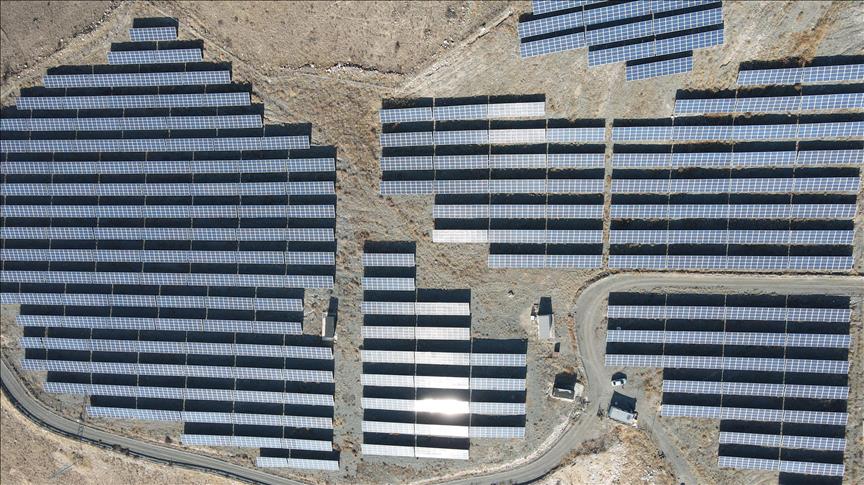More effort is needed to expand and diversify the global production of solar panels that is heavily concentrated in China to ensure a secure transition to net zero emissions, according an International Energy Agency (IEA) report on Thursday.
In its Special Report on Solar PV Global Supply Chains, the IEA said that meeting international energy and climate goals would require the global deployment of solar PV to grow on an unprecedented scale.
According to the IEA, this demands a major additional expansion in manufacturing capacity, raising concerns about the ability worldwide to rapidly develop resilient supply chains.
The agency revealed that annual additions of solar PV capacity to electricity systems around the world need to more than quadruple by 2030 to be on track with the IEA’s pathway to reaching net zero emissions by 2050.
It also highlighted that global production capacity for the key building blocks of solar panels – polysilicon, ingots, wafers, cells and modules – would need to more than double by 2030 from today’s levels and existing production facilities would need to be modernized.
The report showed that governments and other stakeholders around the world have begun to pay increasing attention to solar PV’s manufacturing supply chains as high commodity prices and supply chain bottlenecks have led to an increase of around 20% in solar panel prices over the last year.
'Solar PV’s global supply chains will need to be scaled up in a way that ensures they are resilient, affordable and sustainable,' IEA Executive Director Fatih Birol warned.
These challenges, particularly apparent in the market for polysilicon, a key material for making solar panels, have resulted in delays in solar PV deliveries across the globe and higher prices, the report said, arguing that these challenges call for even greater attention and efforts by policymakers going forward.
Over the last decade, global production capacity for solar panels has rapidly shifted away from Europe, Japan, and the United States and towards China, which has led in investment and innovation, the agency said.
Supply chain imbalances persist despite Chinese innovation to expand solar panel production and a global market that has supported solar to become the cheapest form of power generation.
'China’s share in all the key manufacturing stages of solar panels exceeds 80% today,” the report said. And for key elements including polysilicon and wafers, this is set to rise to more than 95% in the coming years, based on current manufacturing capacity under construction, it added.
'China has been instrumental in bringing down costs worldwide for solar PV, with multiple benefits for clean energy transitions,' Birol was quoted as saying in the report.
By Sibel Morrow
Anadolu Agency
energy@aa.com.tr


